Grains of Paradise: The Secret Spice Your Kitchen is Missing
I remember the first time I really got Grains of Paradise. I was a young cook, and a mentor in a bustling professional kitchen handed me a few of these tiny, dark seeds. He told me to crush them and take a deep breath. It was a revelation. It wasn’t just pepper; it was so much more. I got hints of ginger, a little cardamom, and this incredible floral note I couldn’t quite name. He looked at me and said, “This isn’t just pepper. This is a story. Learn to use it right.”
In this article
That lesson stuck. Grains of Paradise are more than just a substitute for your everyday black pepper. They’re a unique ingredient that can bring a surprising warmth and complexity to your food, and honestly, they’re one of the most underrated spices in the pantry.
I’ve spent years working with this spice, from sourcing the best seeds to teaching others how to use them. So this guide isn’t just a list of recipes. It’s everything I’ve learned, designed to help you understand this spice from the ground up—literally. We’ll get into what makes it tick, how the pros handle it, and the common mistakes to avoid. My goal? To get you using Grains of Paradise with confidence.
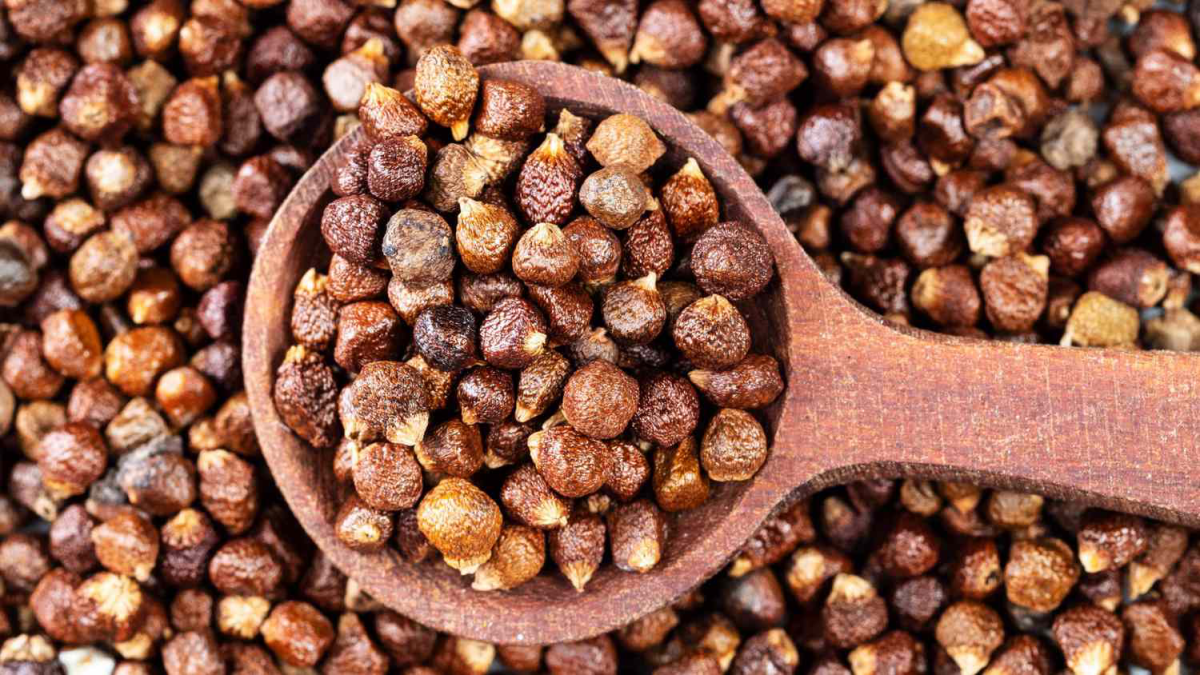
So, What Exactly Are We Working With?
Before you start cooking, it helps to know what you’re holding. Grains of Paradise aren’t actually a true pepper. They’re part of the ginger family, which is a huge clue to their flavor profile. Think about it: that family also includes cardamom and turmeric. The seeds come from a leafy plant native to the coastal regions of West Africa.
A little history without the boring dates: back in the day, this spice was a big deal in Europe. Traders gave it the fancy name “Grains of Paradise” to make it sound more exotic and jack up the price. It was a popular alternative to black pepper, which was often harder to get. While its popularity faded for a while, chefs and curious home cooks are finally rediscovering what West African cuisines have known all along.
Grains of Paradise vs. Black Pepper: What’s the Real Difference?
So, why doesn’t it taste just like pepper? It’s all about the chemistry. Black pepper gets its sharp, biting heat from a compound called piperine. Grains of Paradise, on the other hand, get their signature warmth from compounds you also find in ginger, like paradol. This is why the heat feels completely different—it’s a broad, warming sensation that fills your mouth rather than a sharp, focused sting. It’s a cozy warmth, not an aggressive one.
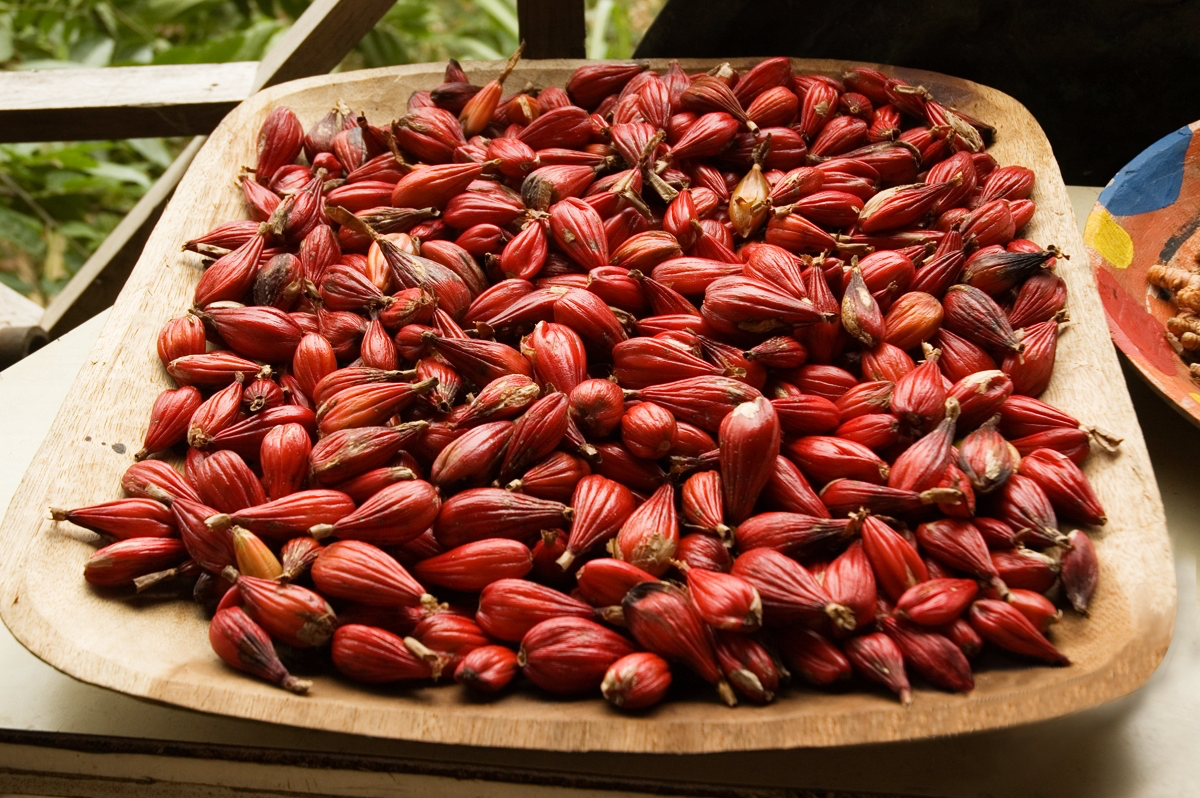
When you crush the seeds, you also release these amazing floral and citrusy aromas. That combination of a warm, gingery body and a bright, aromatic top note is its superpower. The warmth pairs beautifully with rich foods, while the floral notes lift everything up, keeping the dish from feeling too heavy. It’s a team player.
How to Buy and Store It Like a Pro
Let’s be frank: the quality of your spice will absolutely make or break your dish. I learned this the hard way when I used some dusty, pre-ground stuff and completely ruined a sauce. When it comes to Grains of Paradise, sourcing and storage aren’t optional—they’re essential.
Finding the Good Stuff (Without Breaking the Bank)
You can’t get amazing flavor from old, tired seeds. Here’s what I look for:
- Color: The seeds should be a deep reddish-brown. If they look pale or ashy, they’re probably old.
- Feel: They should feel plump and hard, not brittle or shriveled.
- Aroma: This is the most important test. Fresh seeds have a powerful, complex scent that hits you right away. If the smell is faint or dusty, walk away.
Where do you find it? Look for specialty spice shops, either local or online. Places like Penzeys or The Spice House are usually a safe bet, but you can also find good quality options on Amazon if you read the reviews. For a beginner, a 2-ounce jar or bag is the perfect starting point. It should cost you somewhere between $5 and $8 and will last for months.
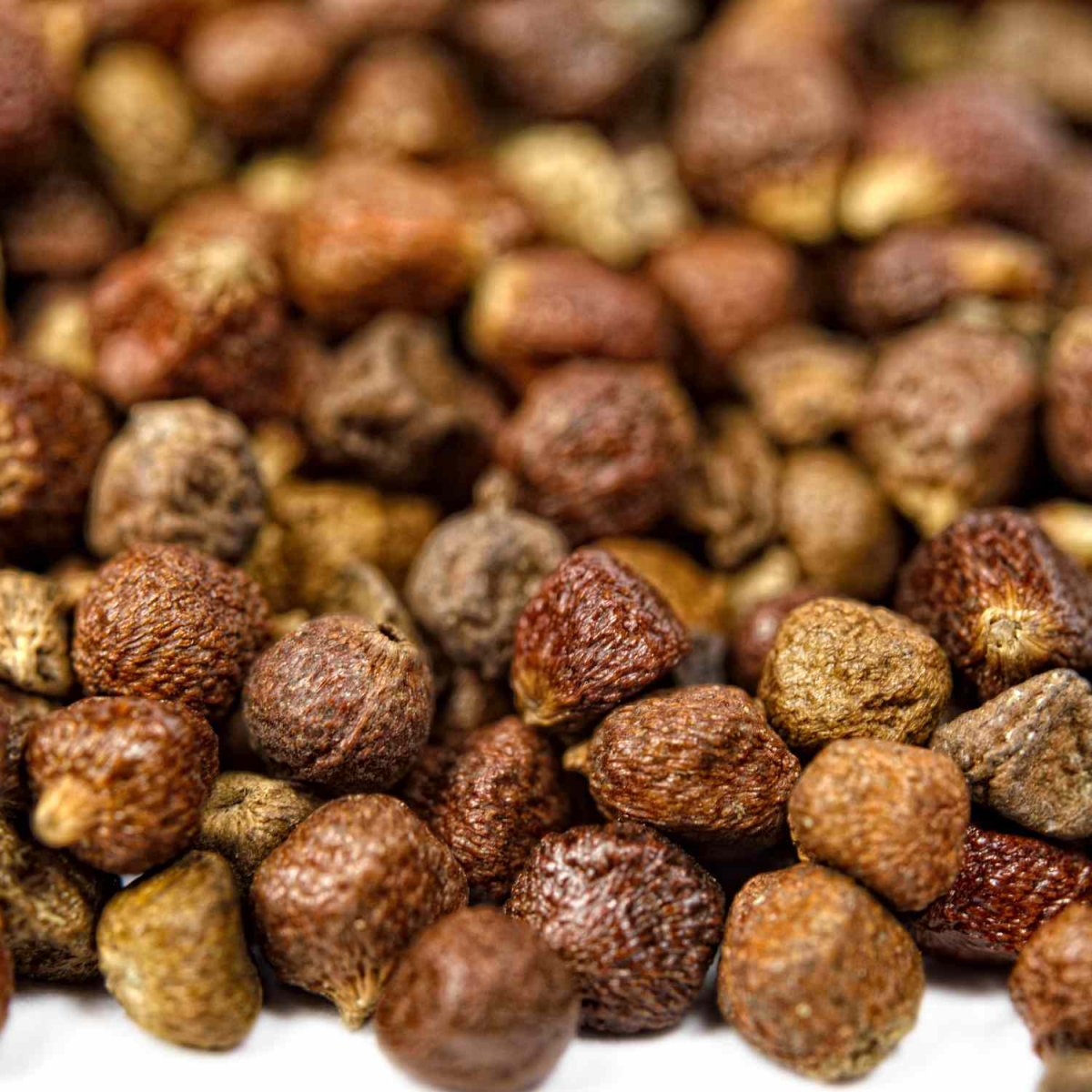
Quick Tip: Whole Seeds Are Non-Negotiable
I tell every cook this: ALWAYS buy your spices whole. This is especially true here. The second you grind a spice, you expose all its fragile oils to air and light, and they start to degrade immediately. Pre-ground Grains of Paradise loses its beautiful floral notes in weeks, leaving you with a dull, muddy flavor.
Whole seeds are like tiny, perfect containers protecting those precious oils. Stored correctly, they’ll stay potent for at least a year. Grinding them right before you cook is the single biggest thing you can do to unlock their true flavor. The difference is night and day.
Keeping It Fresh
Once you’ve got your hands on good seeds, you need to protect them. The biggest enemies of spices are heat, light, and air. Please, don’t store them in those clear jars on a rack above your stove! That’s a spice graveyard.
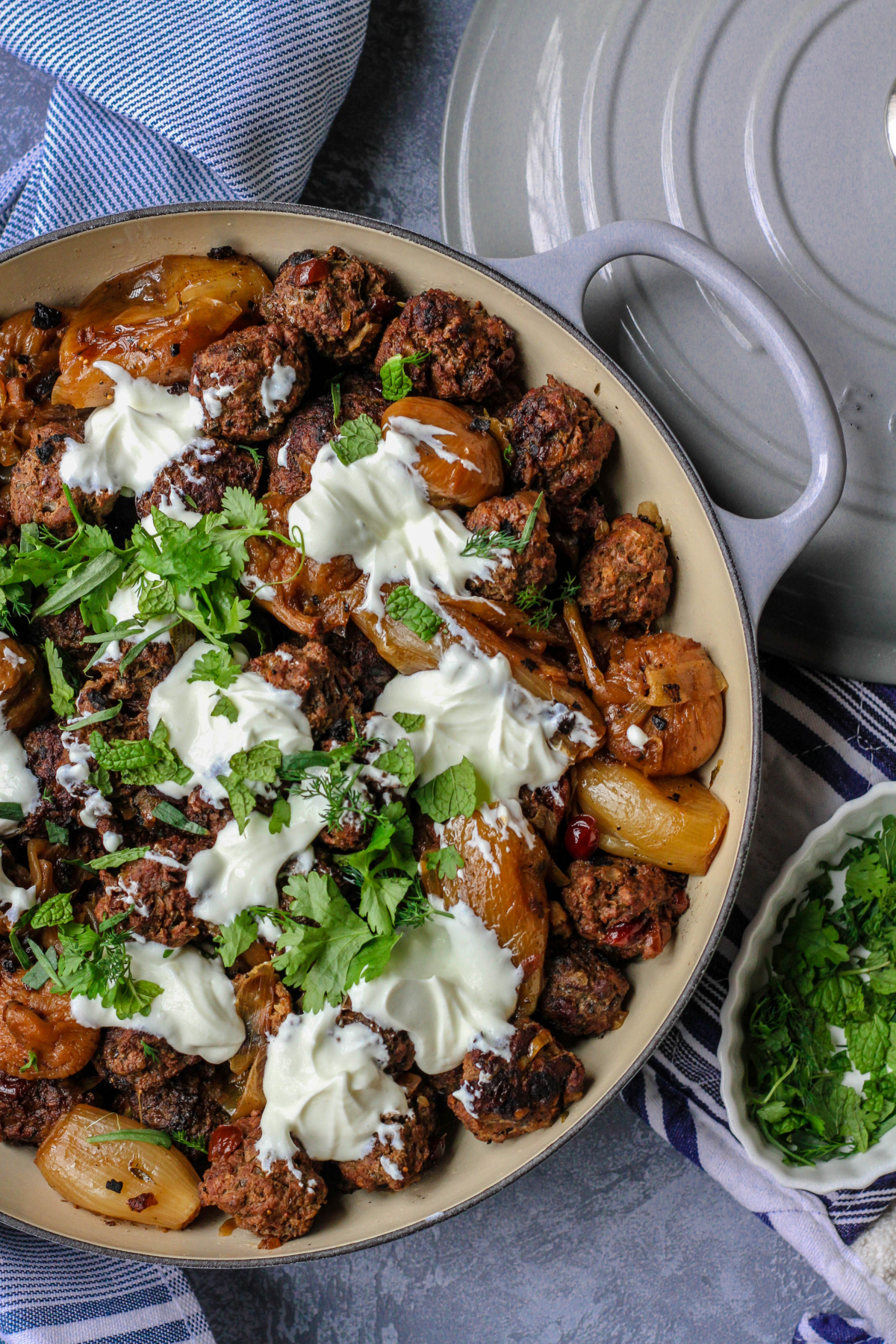
The best method is simple: an airtight container. A small glass jar with a tight lid is perfect. Keep that jar in a cool, dark place, like a pantry or a drawer away from the oven. Done. That’s all it takes to make sure your spice is vibrant every time you reach for it.
Unlocking the Flavor: Toasting and Grinding
Okay, you’ve sourced your spice. Now for the fun part. How you prep the seeds is just as important as how you store them. These next two steps, toasting and grinding, are the key.
The 60-Second Trick to Amazing Flavor
Toasting spices before grinding is a standard move in professional kitchens for a reason. It wakes up the oils inside, making them way more fragrant. For Grains of Paradise, toasting brings out these lovely nutty undertones that deepen the flavor.
Heads up, it happens fast! Here’s the play-by-play:
- Place the whole seeds in a small, dry skillet over medium-low heat. No oil needed.
- Keep the seeds moving by shaking the pan or stirring them constantly.
- After about 30 to 60 seconds, you’ll be hit with an incredible, fragrant aroma. That’s your cue!
- Immediately remove the pan from the heat.
A critical note: Never, ever walk away from toasting spices. They can go from perfect to burnt in a blink. If they smell acrid or smoky, they’re ruined. You’ll have to toss them and start over, because that bitter flavor is impossible to hide.

The Best Way to Grind
After toasting, let the seeds cool for a minute. My go-to tool is a heavy mortar and pestle. The crushing action releases the oils without generating much heat, which preserves those delicate floral notes. Plus, you get total control over the texture, from a coarse crack for a steak rub to a fine powder for baking.
A dedicated electric spice grinder (a burr grinder is best) is a solid second choice. I’d avoid using a blade coffee grinder if you can. It tends to smash the seeds and create heat, which can cook off the very aromas you just woke up. If it’s your only option, use it in short, quick bursts to keep things cool.
Putting It to Work in Your Kitchen
Now that you have your freshly ground spice, where do you use it? The good news is, it’s incredibly versatile. Here are a few ways I use it all the time.
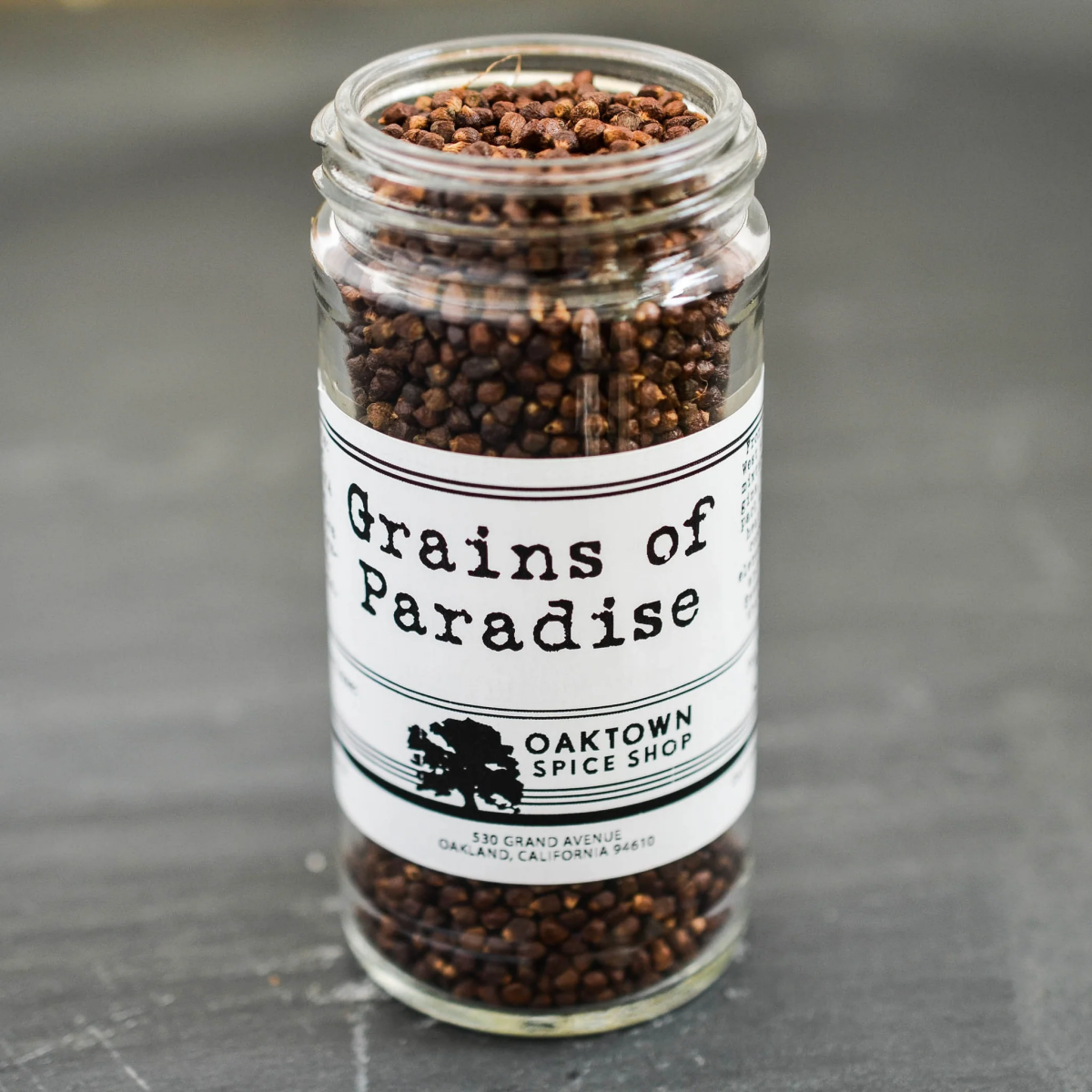
Your First Mission (The Easy Win): Feeling a little overwhelmed? Here’s a simple way to start. The next time you make something that calls for black pepper—like a steak rub, a soup, or roasted veggies—swap out half of the black pepper with freshly ground Grains of Paradise. You’ll be amazed at the difference.
Perfect for Rich Meats and Game
This is where Grains of Paradise really sings. Its peppery warmth and floral complexity are a dream come true for rich meats like lamb, beef, and duck. It has this magic ability to cut through the fat and cleanse your palate. For a simple dry rub, I use about one teaspoon of coarse-ground Grains of Paradise with one teaspoon of salt and a half-teaspoon of garlic powder for a pound of meat. Pat it on, let it sit for at least 30 minutes, and then cook. It creates an unbelievable crust.

Bringing Vegetables to Life
Don’t just save it for meat! It’s fantastic on roasted root vegetables like carrots, sweet potatoes, and parsnips. Just toss them with a little olive oil, salt, and a dusting of the spice before they go into the oven. It’s also great with cabbage or Brussels sprouts, where it balances their natural bitterness.
The Secret Weapon in Baking
Using this in baking feels like you’re in on a secret. It works beautifully alongside cinnamon, nutmeg, and cloves. Try replacing about a quarter of the cinnamon or allspice in a gingerbread or cookie recipe. I once added it to an apple crumble topping, and people went nuts trying to figure out that delicious, exotic warmth.
In a Glass: Drinks and Syrups
You’ve probably already tasted it in some modern gins or craft beers (especially Belgian-style ales). You can easily play with it at home, too. Here’s a super simple recipe:
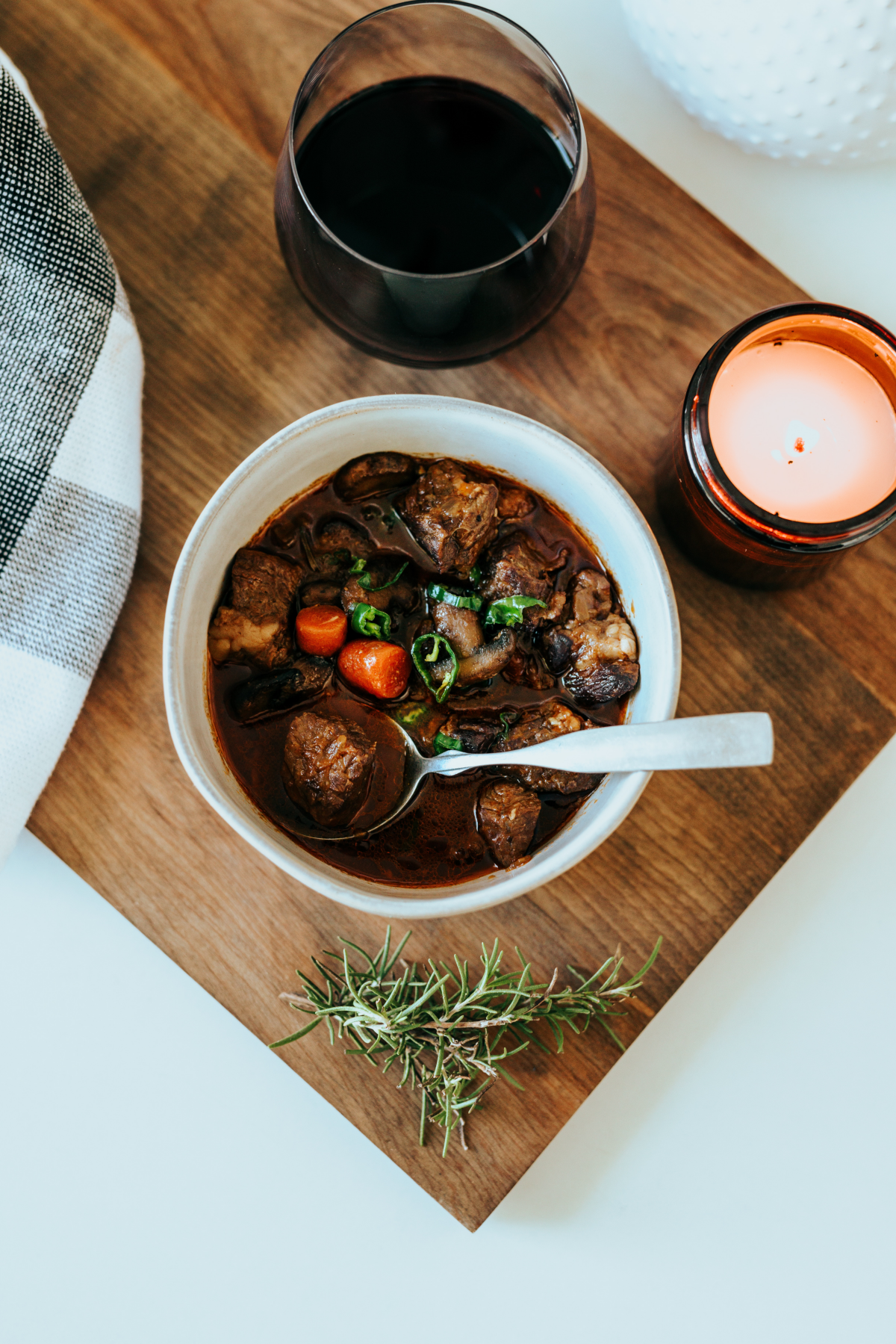
Easy Grains of Paradise Syrup: Gently heat 1 cup of water and 1 cup of sugar in a small pot until the sugar dissolves. Add 1 teaspoon of lightly crushed Grains of Paradise seeds. Take it off the heat, let it steep for about 20 minutes, and then strain it. Boom. You now have an amazing syrup for cocktails, iced tea, or even drizzled over fruit.
A Few Final Pro Tips
As you get more comfortable, you can start using it with more nuance. It’s a key ingredient in West African spice blends like suya and some North African blends like ras el hanout, where it provides a fragrant counterpoint to other warm spices.
Common Problems & Quick Fixes:
- Flavor seems weak? Your seeds are probably old, or you skipped the toasting. Time for a fresh batch.
- Tastes bitter? You definitely burnt the seeds. Sorry, but you have to start over.
- Added way too much? It happens! Try to balance it with fat (cream, coconut milk), acid (lemon juice), or sweetness (a bit of honey). But the best cure is prevention—start small.
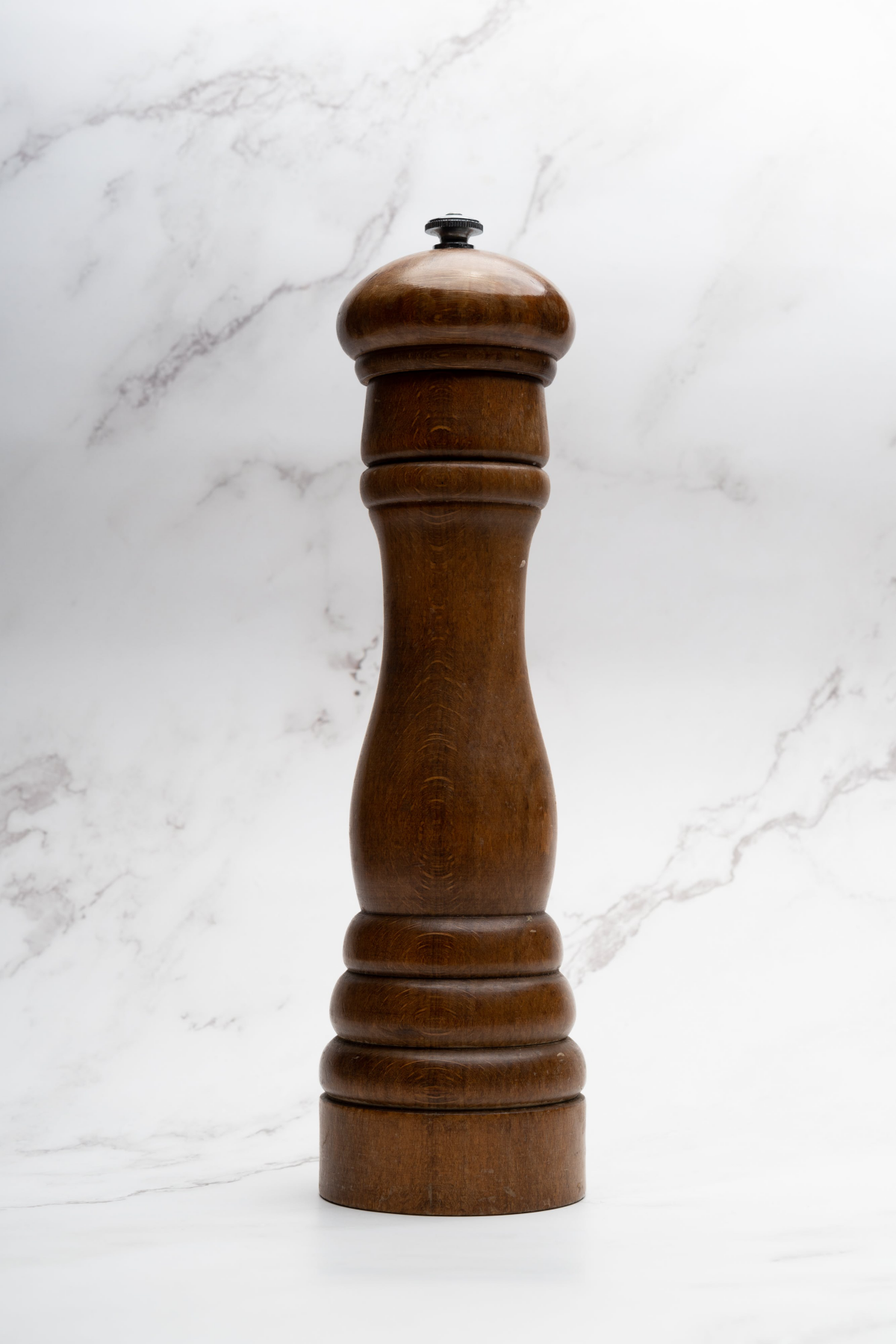
Your Turn to Get Cooking!
Grains of Paradise is more than just a spice; it’s a gateway to new flavors and a little piece of culinary history. My best advice is to just be curious. Taste it at every step. See how it transforms a dish you already know and love.
So here’s your mission for this week: find one dish where you normally use black pepper and swap in Grains of Paradise instead. Then come back and leave a comment telling me what you made and how it turned out. I can’t wait to hear about it!
A Quick Heads-Up
Safety First: Seriously, be careful when toasting spices. They burn fast. Don’t leave the pan unattended.
Health Info: While this spice has a history in traditional medicine, this article is all about the cooking! For any health advice, please chat with a qualified medical professional.
My Two Cents: These techniques are based on my time in professional kitchens. Cooking is an art, and there are many right ways to do things. Use this as a starting point for your own delicious experiments!
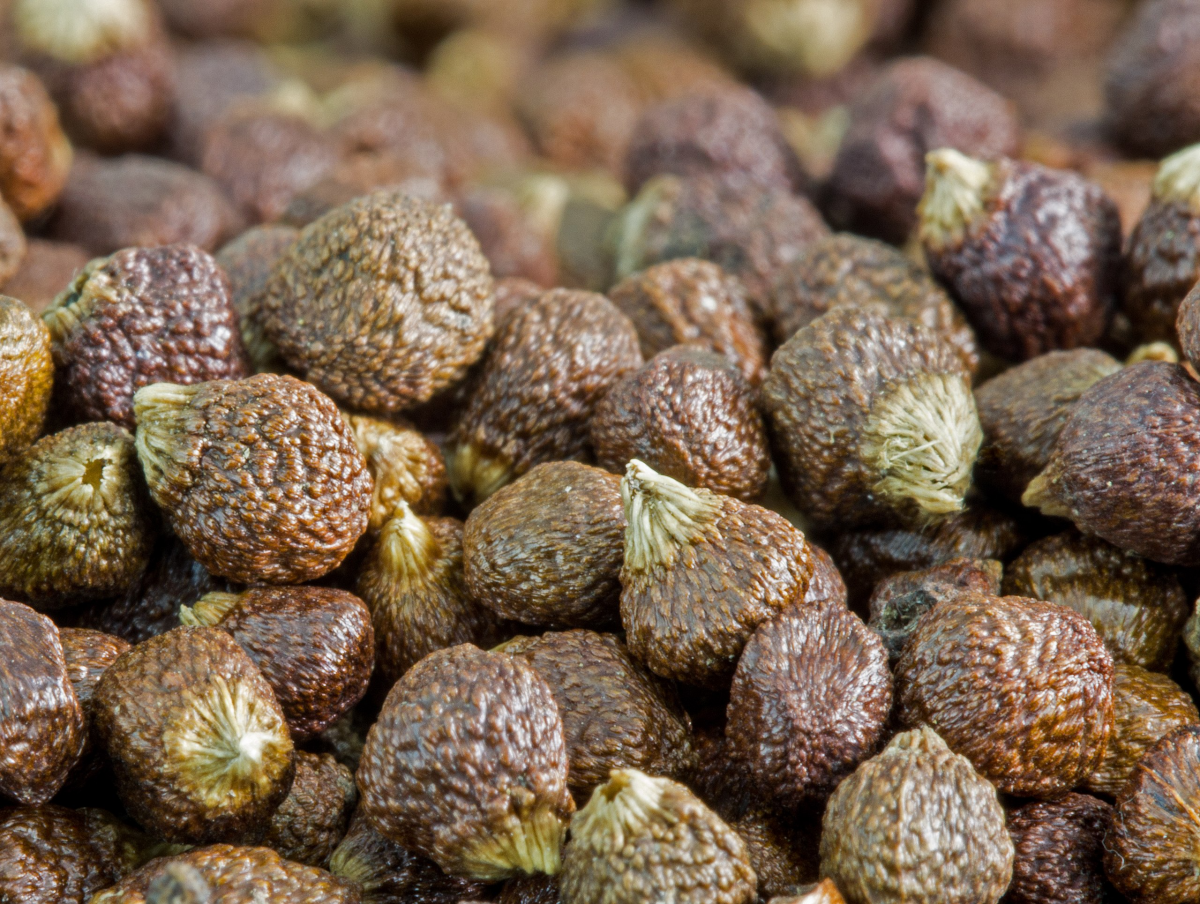
Galerie d’inspiration
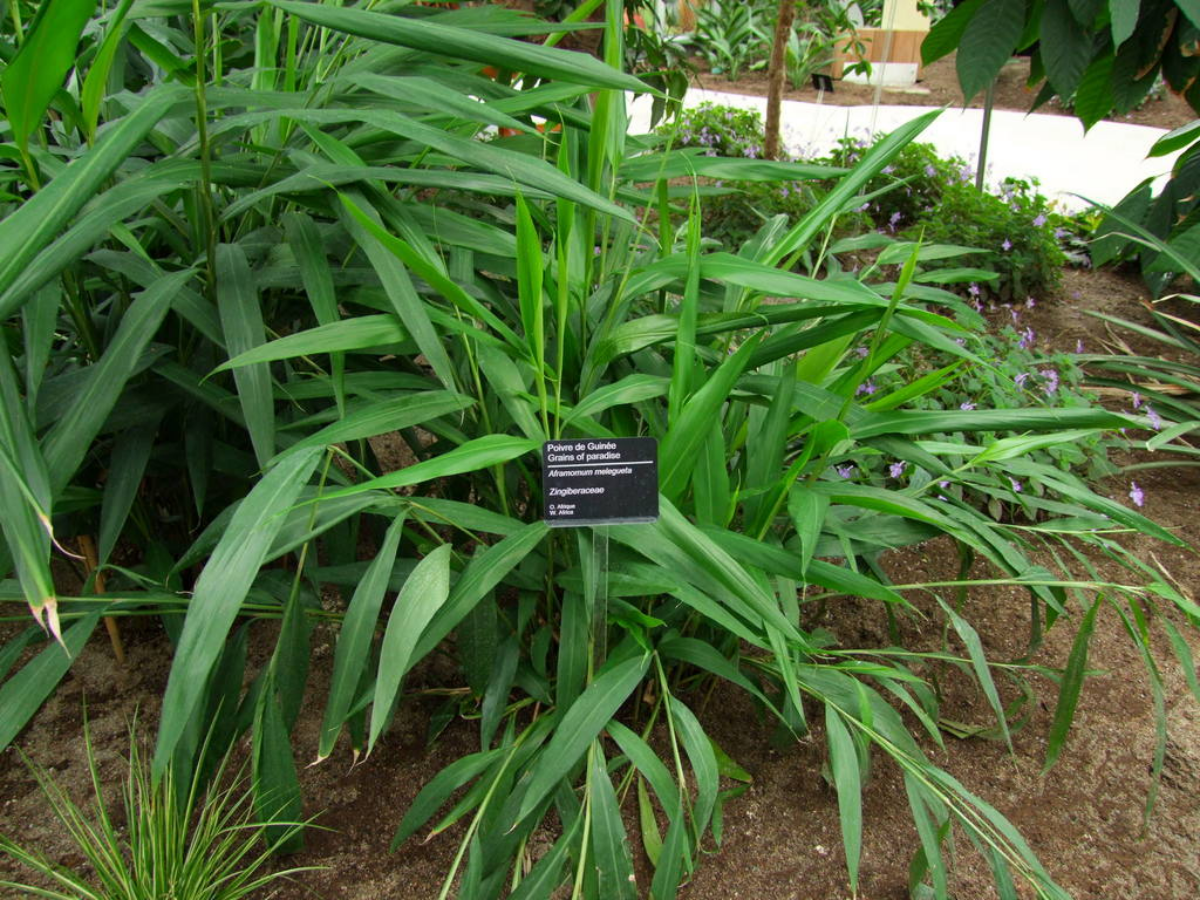
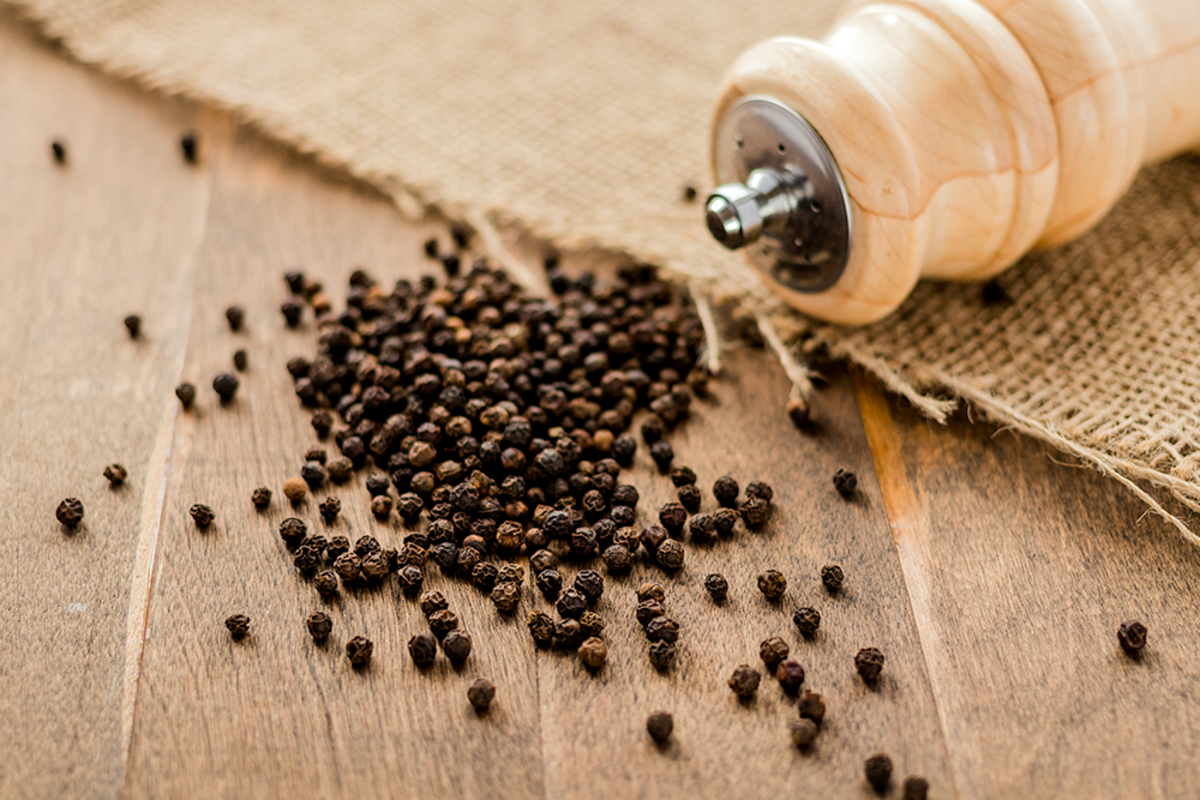
Beyond the kitchen counter, can this spice really elevate a cocktail?
Absolutely. The complex profile of Grains of Paradise, with its notes of ginger, cardamom, and citrus peel, makes it a secret weapon for mixologists. Before you add it to food, try infusing it into a simple syrup or directly into a spirit like gin or vodka. Distillers have already caught on; you’ll find it listed as a key botanical in premium gins like Bombay Sapphire’s Star of Bombay or Opihr’s European Edition, where it adds an exotic, warming finish that black pepper can’t replicate. It bridges the gap between spicy, floral, and citrus beautifully.
The size of the grind dramatically changes the spice’s expression. A fine powder offers a broad, uniform heat, while a coarse crack releases explosive bursts of floral and peppery notes with each bite.
To master this, choosing the right tool is key. For control and aroma preservation, a manual burr grinder, like the classic Peugeot Paris u’Select, is unbeatable. It allows you to dial in the exact coarseness without heating and bruising the spice. For convenience, especially when making a large rub, a dedicated electric spice grinder from a brand like Cuisinart works, but use short pulses to avoid turning the delicate seeds into a muted paste.










